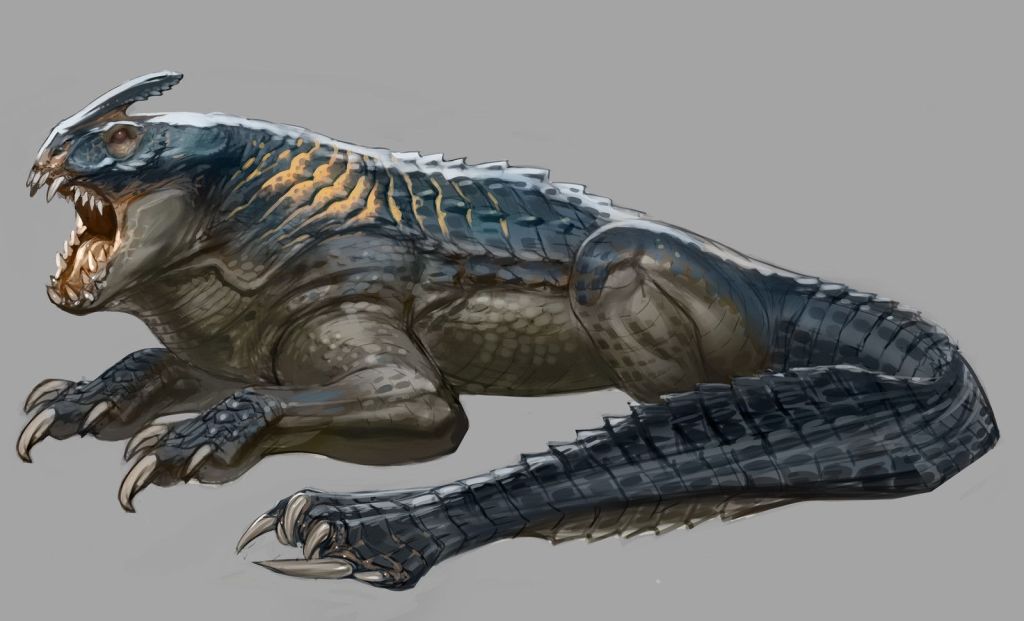Artefact Driven Delivery
My preference when approaching solution delivery (I use that term in preference to software delivery, because #NoSoftware) has for the past 25 years centred on artefacts as opposed to tasks. I’m not going to retread here the arguments in favour of the artefact as the unit of progress. This post covers the use of artefacts in incremental development environments, and lists the core artefacts we use in our approach to solution delivery.
Incremental Delivery
Delaying work on implementing and delivering a solution until we have fully defined the requirements, designs, etc., for that solution magnifies the Cost of Delay, defers feedback significantly, and inflates other risks too. Yet we don’t want to skip having clear requirements and designs, either.
The approach we adopted starting circa 1994 is to establish a set of standard artefacts, at the outset of work on each new solution. From Day One, these artefacts will be empty scaffolds, based on standard templates, each artefact being elaborated just-in-time, immediately in advance of their contents being needed for implementation and delivery purposes.
In this way, we avoid B*UF (e.g. Big Design Up Front, Big Requirements Up Front, etc.) and the delays and risks associated with a Big Bang approach.
Standard Artefacts
The following is a list of all the standard artefacts we create on Day One of the inception of each new solution on which we embark. Note that each artefact is based on a standard template, with, from the outset, little or no solution-specific content (i.e. empty).
- Control Document
- Articles of Understanding
- Glossary of Terms
- Statement of Purpose
- Case for Action
- Vision
- Folks That Matter™ and their Needs
- Risk Parade
- Top Risks
- Functional Requirements
- Non-functional Requirements aka QQOs
- Critical Success Factors
- Feature Schedule
- Quality Plan
- Test Plan
- Change Control
- Cycle Plans
- Cycle Reviews
Artefacts and Deliverables
We share some or all of the above artefacts with our clients (the folks on whose behalf we are developing solutions) continually, and at their request. These artefacts are available for sharing throughout the duration of the development. And serve as a running history of the endeavour, too. The deliverables of any solution (code, data, policies, documentation, configs, databases, etc.) augment these standard, evolving artefacts. Typically, a set of deliverables will fall out of the work according to some cadence or rhythm (for example, weekly or every two weeks).
Javelin
For a fuller (if rather dated) explanation of each particular artefact (some now carry slightly different names), see the Javelin white paper.
In a following post I’ll be showing how you might insinuate the Antimatter Principle into your existing approach to developing solutions, using the Artefact Driven Delivery approach.
– Bob

